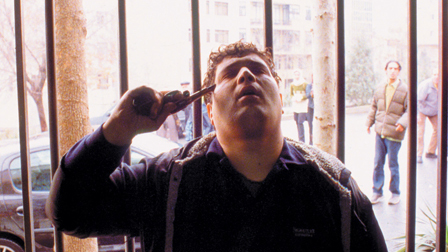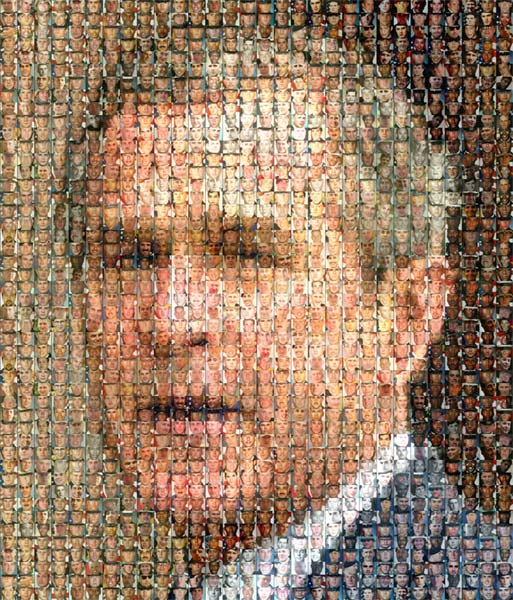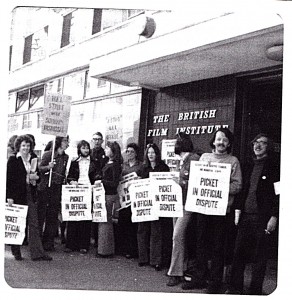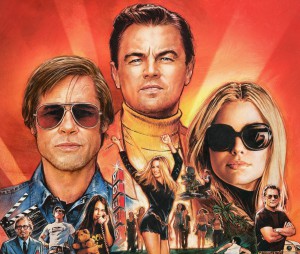From the Chicago Reader (April 16, 2004). As much as I share my colleagues’ admiration [in 2012] for Jafar Panahi’s This is Not a Film, I must confess that I find it both depressing and somewhat insulting to Panahi that this is receiving more attention and praise in some quarters than his full-fledged films ever did, including such masterpieces as The White Balloon, The Circle, and Crimson Gold (not to mention Panahi’s more inventive and fruitful 2013 Closed Curtain, made under the same constraints as This is Not a Film). Which is why it seems worth reviving my review of the latter film. — J.R.

Crimson Gold **** (Masterpiece) Directed by Jafar Panahi Written by Abbas Kiarostami With Hussein Emadeddin, Kamyar Sheissi, Azita Rayeji, Shahram Vaziri, Ehsan Amani, and Pourang Nakhayi.

“War President” is an image. It is not a textual statement or rhetorical argument. An image is like an empty room and any message that one reads in that room necessarily came in the baggage one carried when one walked in the door. If I made an image of George Washington composed of images of the American dead from the revolution, would viewers likely take that image as an indictment of Washington? Read more
From the online Screening the Past, issue 36, posted 17 June 2013. — J.R.

Geoffrey Nowell-Smith and Christophe Dupin (ed.)
The British Film Institute, the Government and Film Culture, 1933-2000
Manchester/New York: Manchester University Press, 2012
ISBN: 978 0 7190 7908 5
US$95/UK£65
288pp (hc)
(Review copy supplied by Footprint Books/Warriewood)
The most interesting job I’ve ever had was my two and a half years of working for the British Film Institute, between 1974 and 1977 –- as both assistant editor of the Monthly Film Bulletin (under Richard Combs) and staff writer for Sight and Sound (under Penelope Houston, who was directly responsible for my getting hired), occasioning at the time a move from Paris to London. This is what sparked my particular interest in this impressively detailed history, coedited and mostly written (apart from four of its 15 chapters) by the University of London’s Geoffrey Nowell-Smith and the International Federation of Film Archives’ Christophe Dupin after more than six years of research — and the fact that it retails for $95 at Amazon in the U.S. and 65 quid at Amazon in the U.K. meant that the only reasonable way I could acquire it was to ask to review it. Read more
The Spanish monthly film magazine that I write for, Caiman Cuadernos de Cine, invited me in the summer of 2019 to expand on my latest column for them as well as a few Facebook posts about Tarantino’s Once Upon a Time in Hollywood. Here is the result. — J.R.

Has 9/11 or the war on terror had any impact on you personally or creatively?
9/11 didn’t affect me, because there’s, like, a Hong Kong movie that came out called Purple Storm and it’s fantastic, a great action movie. And they work in a whole big thing in the plot that they blow up a giant skyscraper. It was done before 9/11, but the shot almost is a semi-duplicate shot of 9/11. I actually enjoyed inviting people over to watch the movie and not telling them about it. I shocked the shit out of them. But, again, I was almost thrilled by that naughty aspect of it. It made it all the more exciting.
But on some level you must have been caught up in the reality of 9/11.
I was scared, like everybody else. “OK, what is this new world we’re going to be living in? Is it going to be fucking Belfast here?” And I didn’t want to fucking fly nowhere. Read more




